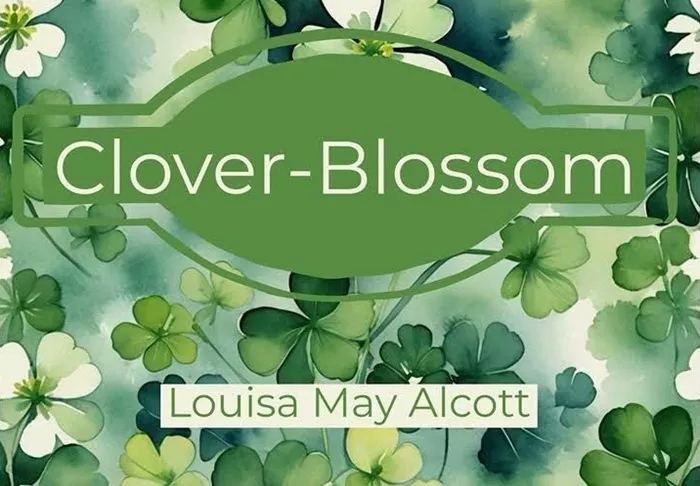Welcome to Poem of the Day – Clover-Blossom by Louisa May Alcott
The poem “Clover-Blossom” by Louisa May Alcott is a delightful piece of nature poetry that reflects the simple beauty of the world around us. Alcott, best known for her novel Little Women, also made significant contributions to poetry, writing works that are both accessible and rich in meaning. “Clover-Blossom” is a perfect example of her poetic style, which emphasizes clarity, natural imagery, and emotional depth.
Clover-Blossom Explanation
Summary of the Poem
“Clover-Blossom” is a short poem that describes the beauty and significance of a clover flower. The speaker in the poem reflects on the simple yet profound charm of this small, humble blossom. Alcott captures the essence of nature’s grace through vivid imagery and the reverence with which the speaker admires the clover.
The poem’s focus is not just on the flower’s appearance but also on its symbolic value, suggesting that beauty and meaning can often be found in the simplest things.
Analysis of Key Themes
The Beauty of Nature: Alcott’s poem celebrates the natural world, particularly the unassuming clover flower. The flower, often overlooked, is presented in a light that highlights its inherent beauty. Alcott’s appreciation of nature is a common theme in many of her works. In this poem, she reminds the reader that even the smallest of nature’s creations can be a source of wonder and delight.
Simplicity and Humility: The clover blossom represents simplicity. Unlike more exotic flowers, clover grows abundantly in fields and meadows, thriving in ordinary places. Through this, Alcott seems to be celebrating the beauty found in the everyday, the humble, and the common. There is a message here that we do not need to look far to find things of beauty; they are often right in front of us, in the simplest forms of nature.
The Passage of Time: Another subtle theme in the poem is the passage of time. The fleeting nature of the clover’s bloom reflects how life itself moves forward, often unnoticed. The clover, like many elements in nature, has its moment of glory but eventually fades away. This might be a metaphor for how each phase of life, no matter how beautiful or brief, carries its own unique significance.
Connection to the Earth: Alcott’s admiration for the clover also hints at a deeper connection to the Earth. The clover flower is often associated with luck, growth, and natural harmony. By focusing on this flower, Alcott invites readers to think about their own relationship with nature and the earth. There is a sense of peace that comes from appreciating the world around us, something Alcott was deeply attuned to throughout her life.
Literary Devices Used in the Poem
Imagery: Alcott uses vivid imagery to paint a clear picture of the clover blossom. Descriptive language helps the reader visualize the small, delicate flower. By invoking images of a “tiny blossom,” Alcott brings the reader into a quiet, serene natural scene.
Symbolism: The clover blossom is a symbol of humility, simplicity, and the quiet beauty of nature. In this context, it may also represent the fleeting nature of beauty and life itself. The clover’s short bloom can symbolize the transient nature of time, a reminder to appreciate the present.
Personification: Alcott subtly personifies the clover blossom by attributing it qualities like grace and charm. This technique allows the reader to connect emotionally with the flower, as if it were a character in its own right, deserving of admiration and reverence.
Rhyme and Meter: The poem is written in a regular meter, with a simple rhyming pattern that mirrors the simplicity and grace of the subject matter. The consistent rhythm of the poem is calming, much like the peaceful imagery it evokes. The rhyme scheme creates a smooth flow, making it easy for readers to engage with the poem and reflect on its message.
Conclusion
Louisa May Alcott’s “Clover-Blossom” is a poem that speaks to the heart of nature, finding beauty in the humble and transient. Through her vivid imagery and use of symbolism, Alcott teaches us to appreciate the simple things in life that we often overlook. Whether you are drawn to its celebration of nature’s grace, its reminder of life’s impermanence, or its connection to a simpler, quieter world, “Clover-Blossom” encourages readers to pause and reflect on the world around them.
Alcott’s ability to transform a small, everyday object like a clover into a symbol of beauty and meaning shows the depth of her literary talent. The poem remains timeless in its ability to resonate with readers who find solace and joy in nature’s simplicity.

